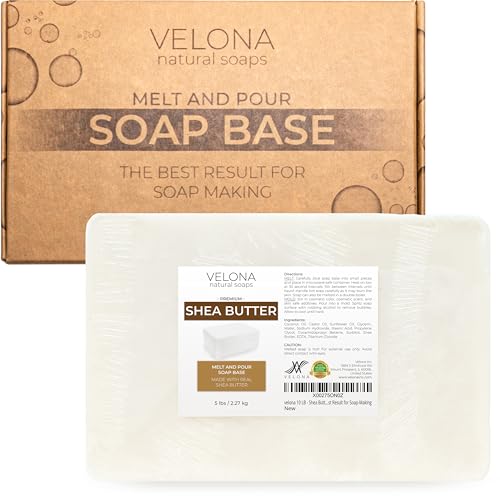lucecp
Member
- Joined
- Jul 23, 2015
- Messages
- 10
- Reaction score
- 0

I cannot begin to imagine how gross that smelled. My daughter wants me to make a garlic soap...doesn't sound to pleasant to me eitherJust in case someone thinks about trying it, don't soap with cabbage juice. The smell NEVER goes away, smelled like rotten cabbage leaves for months, Finally tossed the nasty stuff.














I cannot begin to imagine how gross that smelled. My daughter wants me to make a garlic soap...doesn't sound to pleasant to me either
I cannot begin to imagine how gross that smelled. My daughter wants me to make a garlic soap...doesn't sound to pleasant to me either
Well, if a clove of garlic can ward off evil spirits, stands to reason a good ,strong garlic soap would make the devil himself run like hell............lol
Just might get me thinking, maybe a garlic tomato soapieOh, I don't know, maybe if you throw in some tomato , a little basil...
Sorry were we talking about soap?:shifty:
Enter your email address to join: